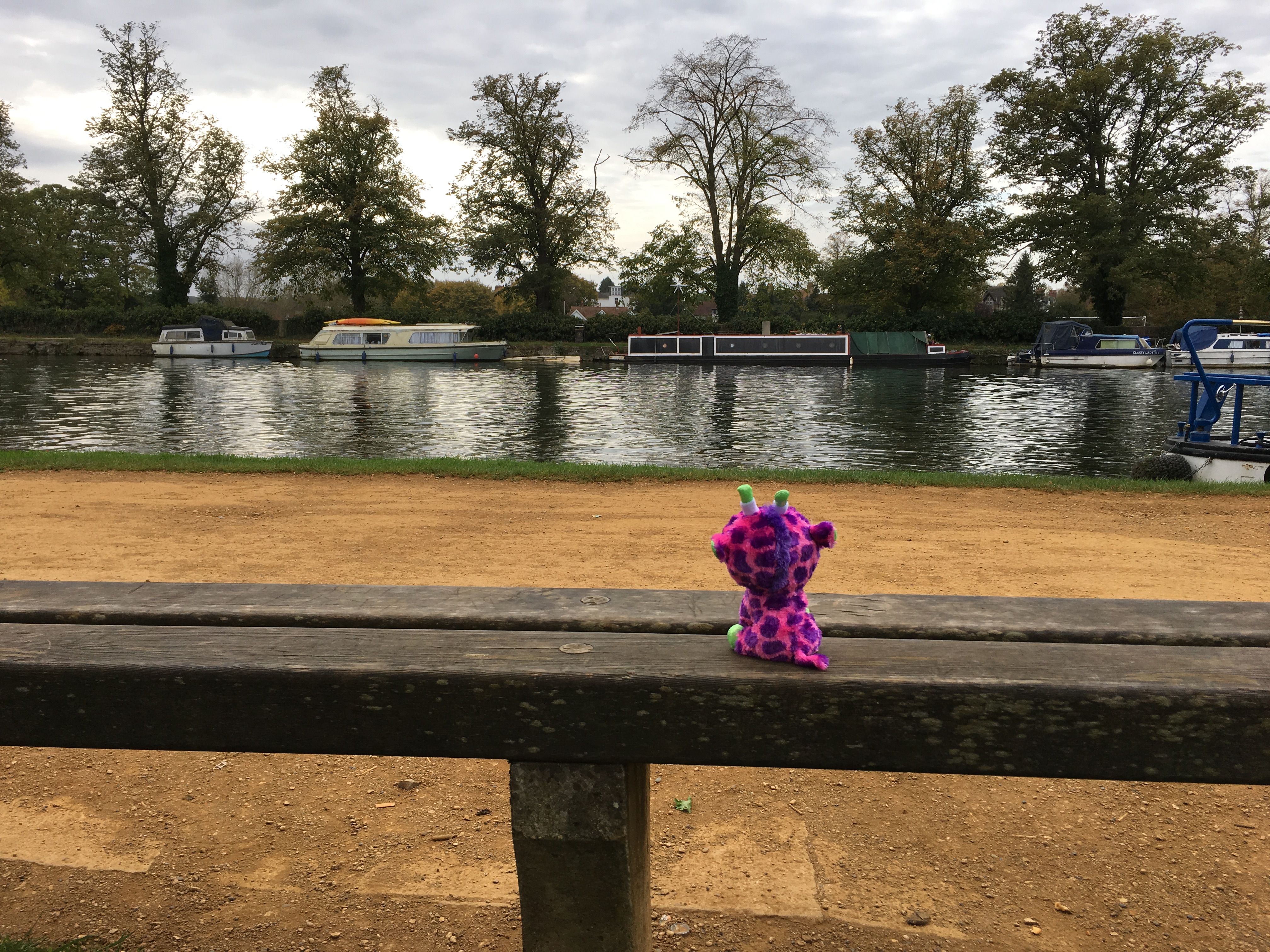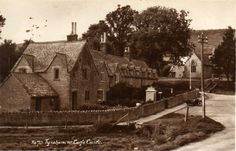Last weekend, my daughter, my son-in-law and I began to discuss our strategy for expanding our family group. For eleven weeks we have limited trips to the grocery store or the pharmacy to just three or four along with an emergency trip with the dog to the vet. My son-in-law has made many of those trips. As the oldest member of the household, I am considered the most vulnerable. We must think about when to include the grandparents who live a couple of miles away and who have had no physical contact with the grandchildren. What do we do with me when the Bay Area relaxes the shelter-in-place and when the children go back to school?
Three months ago, I began a post on multi-generational living. The plan was to create a series on the challenges and rewards of being part of a three-generation household. The decision to move in with my daughter and her family was complicated and I won’t recreate the process now. The original plan involved my living here during the Kindergarten year. I help cover the childcare gap before I return to the UK in November. Now, like the rest of the world, those plans are not just delayed, they are in all probability shot to hell.
This experiment became extreme when Covid-19 showed up. I won’t detail the problems of living with the family and the difficulties of trying to work and homeschool children – everyone in the world has the same story. But there is an added dilemma for households like us who must consider the health of an older relative living in a home where social distancing is near impossible. We share the kitchen and bathrooms and a lot of slobbery kisses. As soon as anyone returns to the workplace or to school or when the other grandparents take over some of the childcare, our cozy virus-free world is jeopardized. More to the point, everyone knows things would be different if I didn’t live here.
I take on a large portion of childcare and homeschooling while my daughter and son-in-law work from home and try to hang on to their jobs and income. There is another side, though. If I were not here, the other grandparents would be involved. The grandkids would go to their house. My daughter and her husband would have a childfree environment some days a week making their working hours a bit less stressful. The household would run differently. I would be making the FaceTime calls. Or it is possible, my daughter and son-in-law would isolate and take on the homeschooling themselves, because any mingling of households now increases the risk for all.
And if I get sick, how do I isolate myself from the household? What happens when someone else gets sick? Since I moved in, we’ve shared about four viruses (compliments of Kindergarten). I coughed from October to March. The grim news about a virus-related syndrome in children makes me more vigilant in following the rules. Not only are children considered possible carriers of the disease, now it seems they aren’t as immune to serious illness as doctors thought.
What makes these decisions even more difficult is that we think we all had the Coronavirus in February and March. But we can’t be sure. We experienced varied symptoms and complications. The children had a hacky cough and fever that went away after a week. One took a little longer. The others had headaches and fevers and scratchy throats or intestinal issues and recovered in a few days. After a visit to the crowded DMV, I developed a scratchy throat that turned into possible pneumonia (the doctor saw a spot on my chest x-ray and heard congestion), a high fever, trouble taking a deep breath and bronchitis. My flu test was negative. There was no Covid-19 test available in late February. It took me three weeks to recover fully. If I had the virus? Yay, I survived. If I didn’t? Well, given my reaction to the last virus – another worry for the family. I doubt we will ever know for sure, so we must assume we haven’t had Covid-19.
Even if the shelter-in-place restrictions here are relaxed, nothing much will change for us. A haircut or a meal in a restaurant are months away. A return to the gym is unlikely. At some point other grandparents will get to see the kids. And, at some point, I will leave the household and either go back to Portland for a few months or risk an extended stay in the UK. Eventually we will find a way to live with Covid-19 in some altered way.
It took me four weeks to write this post, so I’ve given up on any writing schedules or goals. Like everyone else, I’ll go with the flow and hope I get more than a paragraph or two written in the next week. For now, my days are filled with lunch-time geometry lessons as we decide how to cut the sandwiches, coordinating Zoom calls and finding new adventures in the mile radius of our neighborhood when I walk the dog or take grandchildren to search windows for bears or rainbows. A workout with Coach Josh and his program “Dancing like an Animal” has replaced my personal trainer. (A preschool workout is surprisingly difficult and involves a lot of squats.) Wild Kratz DVD’s come in handy when my daughter needs the internet and a quiet house to teach her university classes. I haven’t read more than a couple of adult books in the last few weeks, but I can tell you the names of many dinosaurs and will discuss the merits of being a Bengal Tiger versus a Great White Shark. My granddaughter found a joke book and now we are all fluent in Knock-Knock jokes. Interrupting Cow is always a hit.
And we have managed to find a way for three adult introverts to live on top of each other. My son-in-law shares his wine and I am fortunate to see my daughter so much. We have plenty of food and a reliable delivery network here in the Bay Area. Every morning and evening I have a great view of the bay, the Bay Bridge, the Golden Gate Bridge and San Francisco from my bedroom window. I am one of the lucky grandmothers who get to cuddle with their grandchildren every day.
One thing the pandemic has taught me (something universally true even before Coronavirus) is that even in normal times I have little control over my own destiny. So I check in with the people who are important to me. I haven’t changed my phone habits much – I still avoid making calls. Socializing on Zoom is even more exhausting than going out because it is hard to make the excuse of having something else to do. Everyone knows I’m stuck here and just being unsociable!
Just know that I’m thinking of all of you and my short text or shoutout on Facebook is really a giant hug.
Oh yeah. Please wear the flipping mask – especially if you are going to the DMV.


















